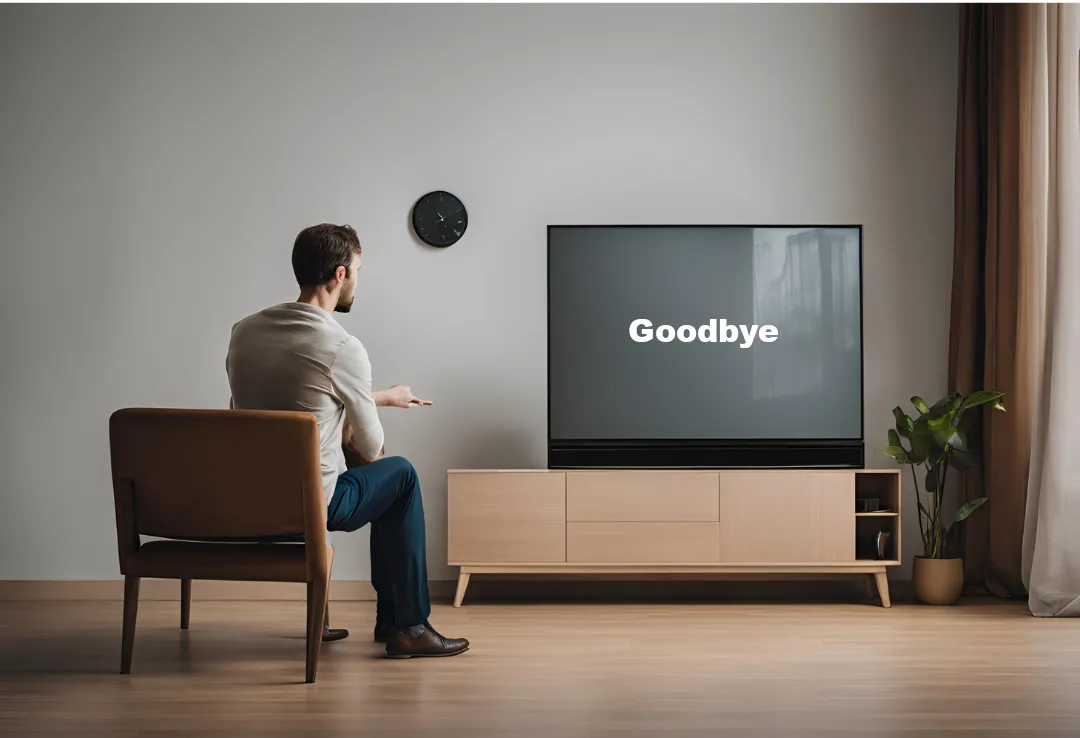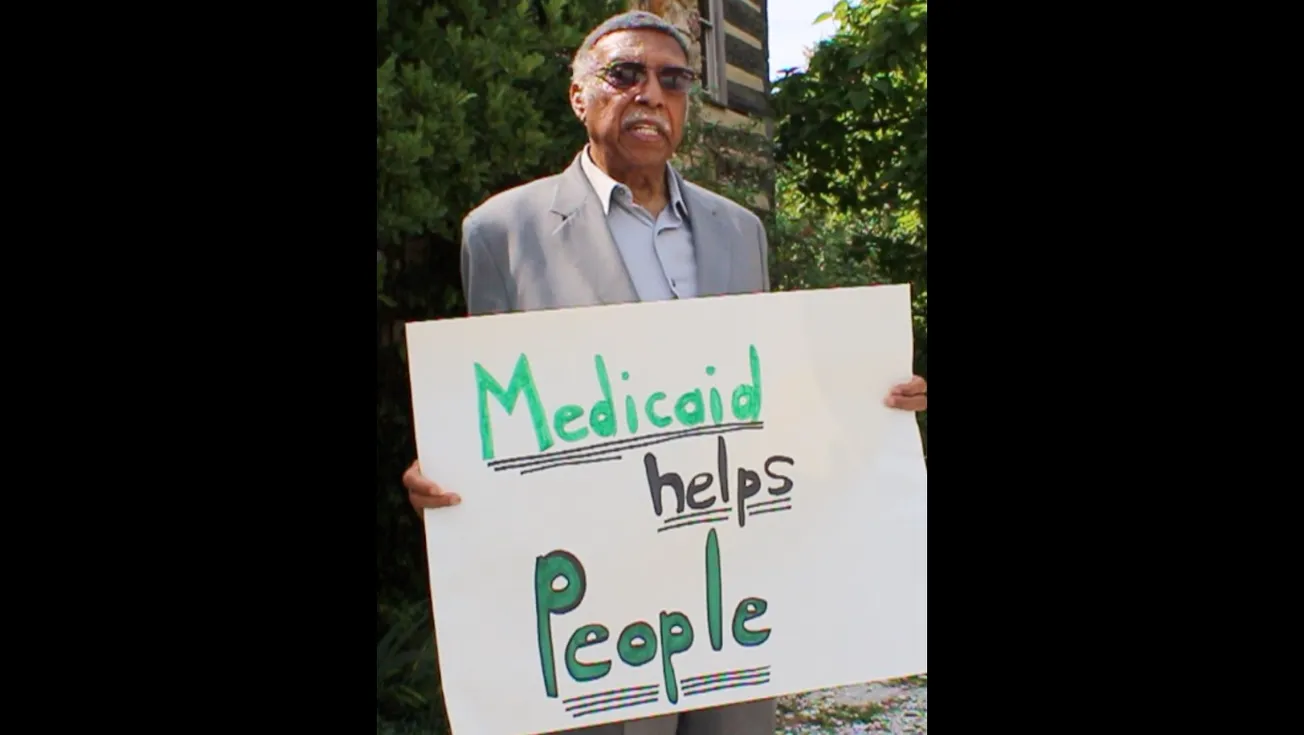Last year, people all across Kentucky and the nation watched in awe as protestors crowded downtown Louisville for over three months. We knew that the spark which set off these mass protests was an appalling act of police violence. But, the more we watched the more we came to realize there were many more reasons to protest injustice in that place at that time. Included among these reasons are the lingering injustices stemming from centuries of slavery, another century of Jim Crow laws, racial segregation and lynching, decades of redlining in our urban neighborhoods, and “systemic racism.”
The last of these reasons, “systemic racism,” sounds a little strange to many folks. We already know the word “racism” as personal bigotry and the related acts of hatred, abuse, and assault. We can tell this newer term extends the concept of racism beyond the personal. To many it seems too abstract, however. It sounds sort of like something invented by academics for study in sociology classes.
John McWhorter put this quandary another way in his recent commentary in The Atlantic . We can plainly see that there are very few Black oboists in our nation’s many concert orchestras. This is a racial disparity. But, is it an instance of systemic racism? Maybe it’s caused by a lack of music education in our public schools. Or, maybe, it’s just a cultural difference. There’s nothing wrong with cultural differences. We know that much. Whatever we do let’s not confuse injustice with genuine cultural differences.
For me personally, Dr. Nancy DiTomaso’s profound book on systemic racism dispels the confusion and also provides examples that stick in your mind. The book’s title is clunky, however: The American Non-Dilemma: Racial Inequality Without Racism. The first part of the title is a homage to Gunnar Myrdal’s groundbreaking book almost ninety years ago on the real dilemma of racism in our nation. In making this connection, Di Tomaso is pointing out that, whether or not attitudes of personal racism have improved since Myrdal’s time, racial inequity persists on account of our societal and organizational policies and practices.
Here, Di Tomaso is explicit about what systemic racism means. It is policies and practices that, often unintentionally, cause racial inequality. In connection with that, she adds that the favoritism and privilege whites give other whites is even more harmful than overt racial discrimination, especially in our nation’s workplaces. These practices are also known as opportunity hoarding.
Despite organizational policies that promise equal opportunity, DiTomaso’s research found many ways that managers intervene to give unequal opportunities to friends and others who resemble them. She also found that the harmful outcomes can be identified. So, she’s come to believe, based on her research, that the primary mechanism for spreading racial inequality is bias for whites rather than bias against people of color.
This bias for whites works very simply. When opportunities are known to whites, they think of and reach out to other whites to pass along information and their influence. Those who receive these favors usually cannot admit to others or themselves that they received favors, however. For their peace of mind, they convince themselves that they actually deserve their successes. Thus, attitudes like these perpetuate a vicious cycle that needs to be broken.
How can we break that vicious cycle? One way might be to call on the employers in our communities to publicly pledge themselves to the practices of equal opportunity and then make their pledges real by cooperating with audits or peer reviews of their decisions and actions.
Di Tomaso’s research shows us that we need to recalibrate the primary focus of equal opportunity in our workplaces from preventing discrimination to preventing favoritism and opportunity hoarding. When we apply this focus, the critical issue becomes whether or not managers are hiring and promoting people who resemble themselves, and if so, how much they are doing this. What are the resemblances they are favoring? Surely, every employee already has a keen interest in this critical issue.
So, this change of focus from preventing discrimination to preventing favoritism and opportunity is ultimately about the unity of working people. Every person who works hard for a living, regardless of race and ethnicity, wants to break this vicious cycle. Every one of us wants our hard work to count more than social connections.
–30–
Written by Tom Louderback







